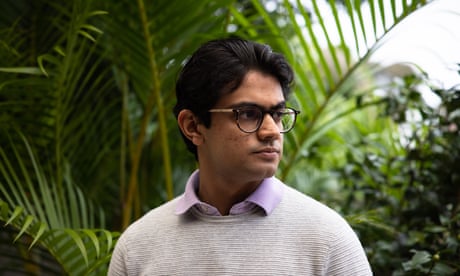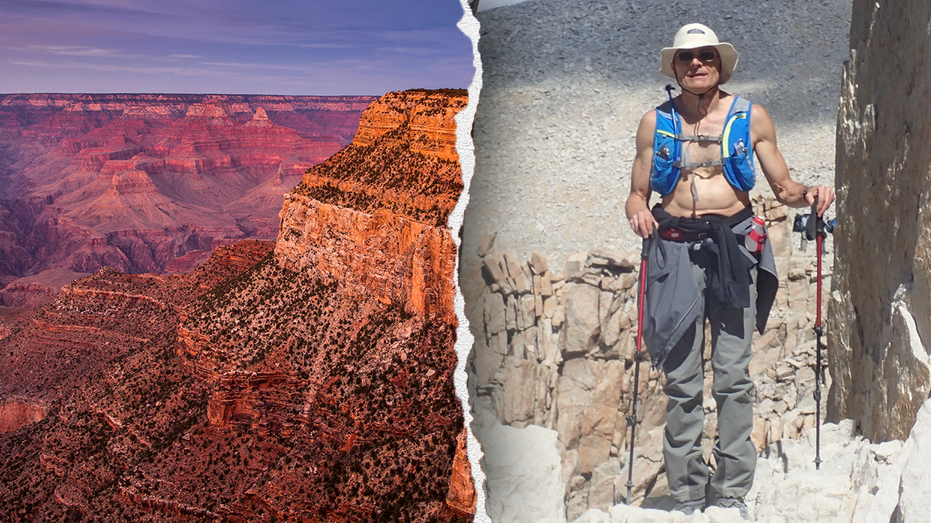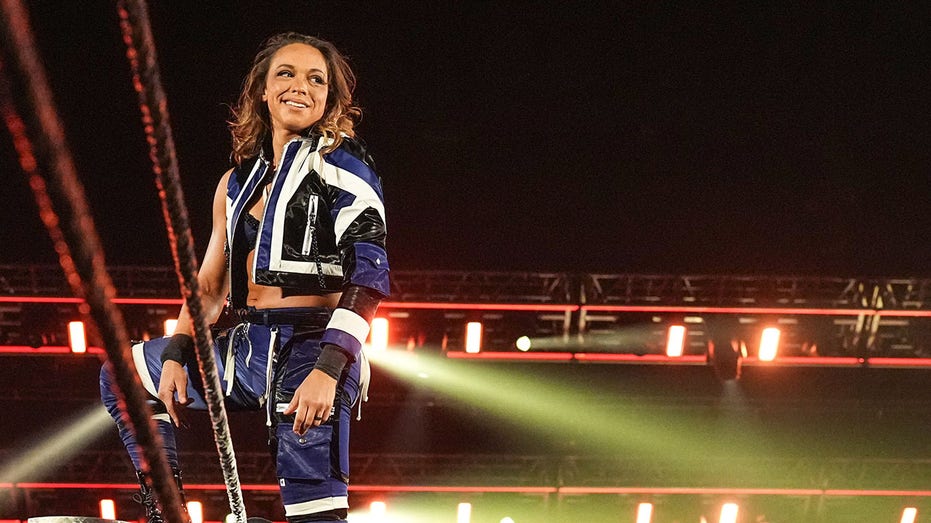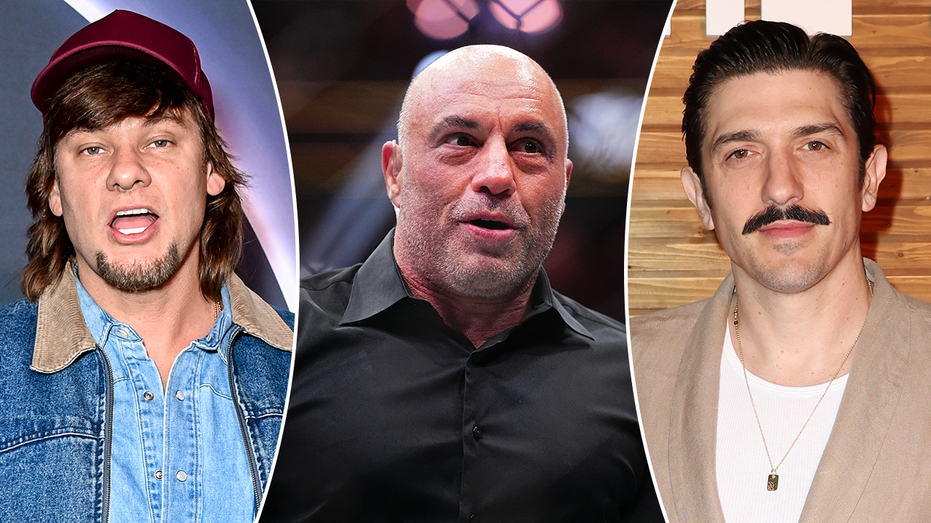- by foxnews
- 23 May 2025
‘We still don’t see ourselves’: as leaders court Indian-Australians, a new generation wants more than empty gestures
‘We still don’t see ourselves’: as leaders court Indian-Australians, a new generation wants more than empty gestures
- by theguardian
- 24 Apr 2022
- in news

Every time he see's one of Scott Morrison's infamous "curry night" selfies, Khushaal Vyas can't help but feel cynical.
Like many in the Indian-Australian community, Vyas initially welcomed the selfies, taking pride in a prime minister that appeared to respect Indian culture.
But over time Vyas, became "irked" at the sense the selfies were the beginning and end of engagement with his community.
"Part of me, of course, loves that the leader of the country that I live in, loves Indian food or loves celebrating that culture," he says.
"But the other half of me knows that the kind of engagement that I really needed from the government or from that leader didn't happen when it mattered most."
To Vyas, when it mattered most was during the pandemic, when the India travel ban was implemented in the lead-up to the Delta outbreak, and when tougher lockdown restrictions were biting western Sydney, where a majority of his community live.
The travel ban still rankles many in the community. Vyas says people were "horrified" by the policy, which put in place criminal sanctions for Australians seeking to return home from India.
"I don't think I'd ever seen the level of outrage and hurt, than I saw during that time, in the days and weeks that passed after the policy was announced. It felt like our identity was on trial."
"You can't really sweep that under the rug," he adds.
Vyas, a lawyer working at a clinic at Western Sydney University, is part of the changing face of the Indian-Australian community, as the generation of young people who were born in Australia to parents who migrated from India, come of age.
And while he laments the lack of genuine engagement, there is no denying the energy both major parties have injected into campaigning for Indian-Australian voters.
Apart from his "curry night" selfies, Morrison has made many trips to temples and community gatherings, photographers in tow.
Labor leader Anthony Albanese has also been courting the community, telling a gathering of worshippers at a temple in Blacktown in November that Australia is "unimaginable" without them.
"Bringing your culture, your faith, your celebrations and activities here enriches all of us."
And with a skyrocketing Indian migrant population, including in essential marginal seats in New South Wales, their votes will help decide who wins in May.
In the seat of Parramatta alone, which Labor holds by a 3.5% margin, over 26% of residents come from an Indian background and in Greenway, again held by Labor by a 2.8% margin, over 11% of residents are from an Indian background.
Those are numbers from the 2016 census, with the community likely much larger now. The Australian Bureau of Statistics says the Indian-born community now numbers 721,000 - making it larger than the community of residents born in China . And that number does not count those born in Australia, with some estimating the actual size of the community is closer to a million people.
But Vyas says the approach by both parties to the community is shallow, one that doesn't take his community seriously, and built on outdated understandings of how to engage with minority voters.
He explained many concerns he's hearing from his community mirror many of the challenges facing wider Australia, such as the rising costs of living, climate change, and housing affordability.
But instead, they face a campaign of "gestures", where the community is assumed to be spoken for by religious and business groups, placing undue focus on cultural expressions, such as food, over listening to political concerns.
And many young people have a word for this kind of surface-level engagement: Samosaplomacy.
Sandeep Varma, CEO at South-Asian advocacy group Saari Collective, chuckles when he mentions it, explaining how reductive the approach is.
"It's taking their engagement with a vast country, a vast economy, a vast community that spans the political spectrum, and reducing it down to a samosa."
"It's meant to be a symbolic gesture, but what does it really symbolise? It's a symbol of consumption. We're being consumed for their benefit."
He says the parties have approached the Indian-Australian community with a traditional "playbook" in mind, with a focus on religious leaders or community events.
"The playbook plays to established patterns and a hierarchy that we all experienced within our own community, that if you go to our uncles or our parents, business leaders or diplomats, if you appeal to them that there'll be a trickle-down effect. And and I don't think that's the case."
"And that's the disappointing thing," he continues "It feels like the playbook was written decades ago."
Varma says a new, savvy generation of Indian Australians is emerging, one that no longer swayed by these cultural gestures.
"They're the young, scrappy, up-and-coming entrepreneurs, they're content creators and influencers, and usually, the more progressive elements in the community. They don't own temples or big businesses, and are often ignored," he said.
To Varma, a large part of the problem is the homogenous state of Australian politics. According to a 2018 report by the Australian Human Rights Commission, only 4.1% of MPs in Australia had a non-European background.
And it has been a struggle to change that, best reflected by two Labor candidates, Kristina Keneally and Andrew Charlton, being parachuted into multicultural electorates over more representative locals.
"We look at Australian politics, and we still don't see ourselves, it's still very white," Varma says.
Essentially, this new generation of voters want a seat at the table, and a sense of agency over policies that directly affect their community.
Dr Sukhmani Khorana, a senior research fellow at Western Sydney University, says the lack of agency has resulted in an "infantilising" approach adopted by the major parties.
"It doesn't really extend to trying to reflect that community in the decision-making process."
"It's the same way you might feel that you can shape a child. It feels like they think that wearing a sari to a festival or cooking a curry will result in the community liking them."
Khorana herself as part of "generation 1.5", having migrated to Australia at a young age, and thinks that a more nuanced approach that considers the differing priorities for different generations of migrants is necessary.
"The first generation are broadly working families, who want to see housing affordability, infrastructure, childcare costs, and also long-term parent visas addressed."
"But the second generation is more concerned with being recognised and understood as Australians, and given a fair chance at leadership."
"In saying that, I think both will be cognisant of recent instances where the community hasn't felt like they're treated like Australian citizens."
How this dynamic plays out at the ballot is yet to be seen, but what is certain is the influence the Indian-Australian community will have on the result of the election, with Khorana saying many remain undecided.
"Many of them don't have the kind of ideological leaning one way or the other. So they're up for grabs, if you like."
"But when a community is addressed condescendingly over a period of time, that will have an impact on the ballot box."
- by foxnews
- descember 09, 2016
United Airlines flight returns to Hawaii after concerning message found on bathroom mirror; FBI investigating
United Airlines Flight 1169 to Los Angeles returned to Hawaii after a "potential security concern" aboard the plane. The FBI and police are investigating.
read more


